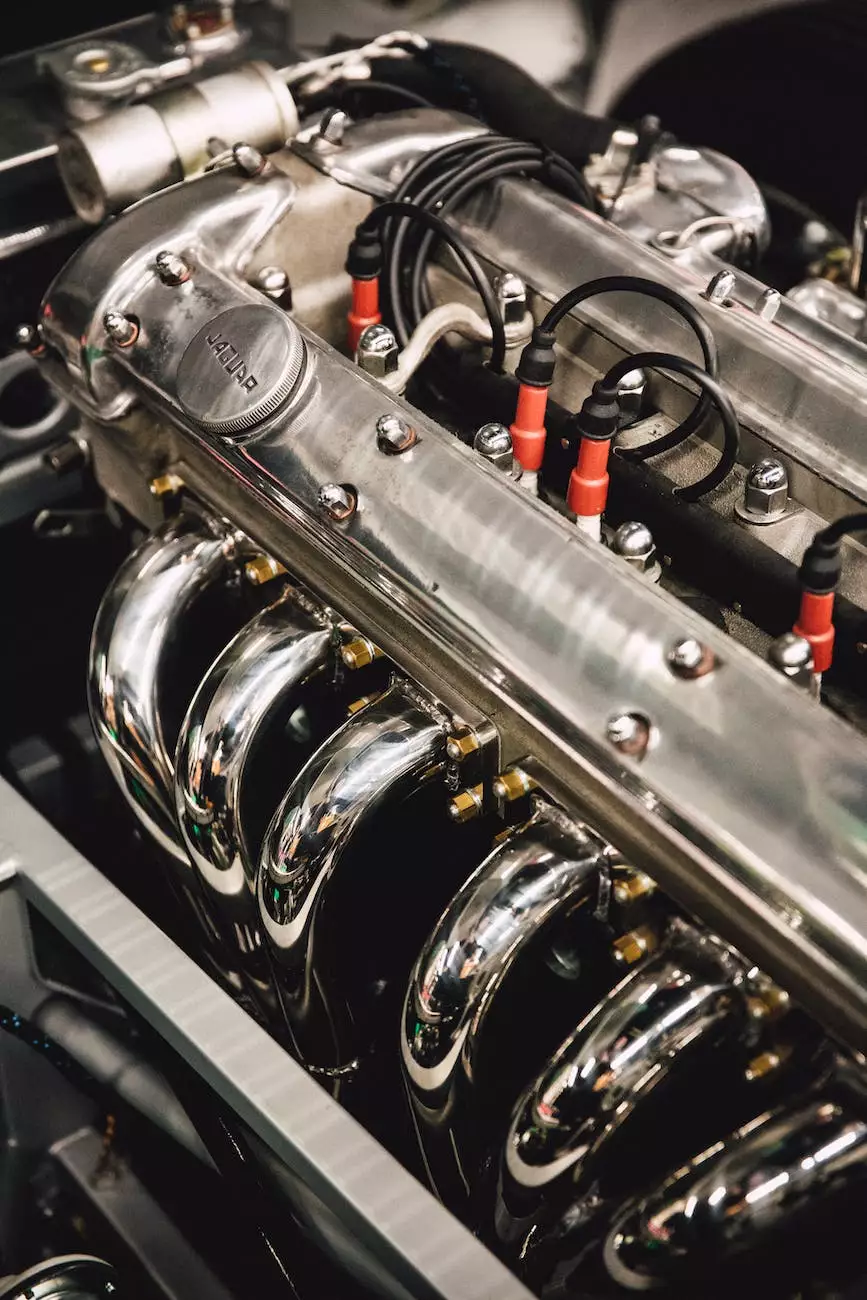Removing Plastic Body Fasteners | Body and Exterior Trim | Grafco Electric
Chassis
Welcome to Grafco Electric's comprehensive guide on removing plastic body fasteners. If you're looking to repair or replace body and exterior trim components of your vehicle, understanding how to properly remove plastic body fasteners is crucial.
The Importance of Plastic Body Fasteners
Plastic body fasteners play a vital role in holding various body and exterior trim components securely in place. They provide a sturdy connection while allowing for easy removal and reinstallation when needed. However, it's important to note that improper removal techniques can result in damage to these fasteners or surrounding parts, leading to costly repairs.
Types of Plastic Body Fasteners
Before diving into the removal process, let's take a closer look at the different types of plastic body fasteners commonly found in vehicles:
Rivets
Rivets are one of the most common types of plastic fasteners used in automotive applications. They consist of a head, shank, and tail, offering a secure connection. Removal may require a specialized tool such as a rivet plier or drill.
Push Pins
Push pins, also known as panel clips or Christmas tree fasteners, feature a pin with barbs that expand when inserted into a hole. They are widely used to secure interior and exterior trim pieces. Removal is typically achieved by applying gentle pressure and pulling the pin out.
Snap-In Fasteners
Snap-in fasteners are designed to snap into place, providing a quick and secure attachment. These fasteners are commonly found on panels, trim pieces, and grille inserts. Removal usually involves carefully prying them out using a trim removal tool or a flathead screwdriver.
Screw-Type Fasteners
Screw-type fasteners are characterized by their threaded shank that requires a screwdriver or socket wrench for removal. They are often used to secure exterior components such as door handles, moldings, and side mirrors.
Clips
Clips are versatile fasteners used in various applications, including body panels, wheel arch liners, and splash shields. Removal is typically achieved by using a trim removal tool to release the clip's locking mechanism.
Step-by-Step Guide to Removing Plastic Body Fasteners
Now that you're familiar with the different types of plastic body fasteners, let's walk through the step-by-step process of safely removing them:
Step 1: Gather the Necessary Tools
Before starting, gather the tools required for the job. Depending on the fastener type, you may need a trim removal tool, flathead screwdriver, pliers, rivet plier, drill, or socket wrench.
Step 2: Identify the Fasteners
Inspect the area where the plastic body fasteners are located and identify their types. This will help you choose the appropriate removal technique for each fastener.
Step 3: Prepare for Removal
Ensure that you have a clear working space and take necessary safety precautions, such as wearing protective gloves or eyewear, if required.
Step 4: Begin Removal Process
Start by gently but firmly applying the recommended removal technique for each fastener type. Take your time to avoid damaging surrounding parts or the fasteners themselves.
Step 5: Store Removed Fasteners Properly
Once a fastener is successfully removed, carefully store it in a labeled container or bag to prevent loss or misplacement. Keeping track of the fasteners will make the reinstallation process easier.
Step 6: Inspect and Clean
After all the fasteners have been removed, inspect the area for any signs of damage or wear. Clean the removed fasteners and prepare them for reinstallation, if necessary.
Step 7: Reinstallation
To reinstall the body and exterior trim components, follow the reverse order of the removal process. Pay attention to any specific guidelines provided by the vehicle manufacturer.
By following these step-by-step instructions, you can safely and efficiently remove plastic body fasteners without causing any damage to your vehicle.
Conclusion
At Grafco Electric, we understand the importance of proper plastic body fastener removal. Our comprehensive guide has provided you with valuable insights and detailed instructions on how to remove these fasteners without any hassle. Remember to exercise caution and patience throughout the process to avoid any unnecessary damage. If you require any further assistance or have specific inquiries, our team of experts is always ready to help. Happy repairing!










